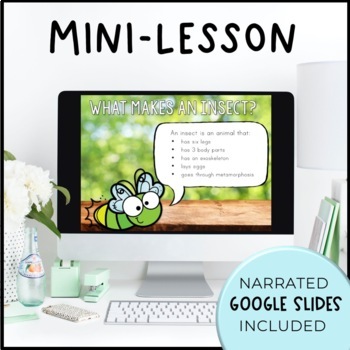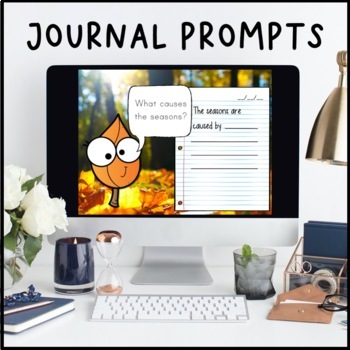Science Lesson Year Long BUNDLE | PowerPoint & Google Slides
- Zip
What educators are saying
Products in this Bundle (23)
showing 1-5 of 23 products
Description
Your students will love these engaging science lessons, and you'll love that they are no-prep and ready to teach. Each lesson slide is meant to be projected on your whiteboard to guide short and sweet discussions about important science concepts. Use these slides as stand-alone lessons, or as a supplement to your existing science curriculum.
Lesson Formats Included:
⭐ Powerpoint
⭐ Google Slides
Not sure if Bite-Size Science is right for you? Click here to try a "bite" FREE!
Topics Currently Included in this Bundle:
Life Science
Mammals
Reptiles
Pollinators
Amphibians
Spiders
Insects
Animal Adaptations
Habitats
Plants
Earth & Space Science
Ecosystems
Seasons
Sun, Moon, & Stars
Weather
Severe Weather
The Water Cycle
The Solar System
Physical Science
Force & Motion
Simple Machines
Light
Sound
Magnets
States of Matter
Editable template slides are also included so you can tailor your discussions to fit your students' needs!
Bite-Size Science is perfect for distance learning or remote learning. A narrated Google Slides version of each lesson has been included, so even the youngest students can learn independently.
**Please note: Sometimes, links are moved or removed - please reach out to me via email at abcswithmrsg@gmail.com if you find that a link is broken!





